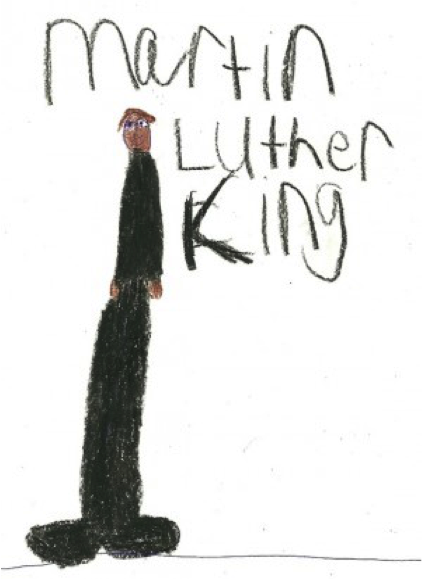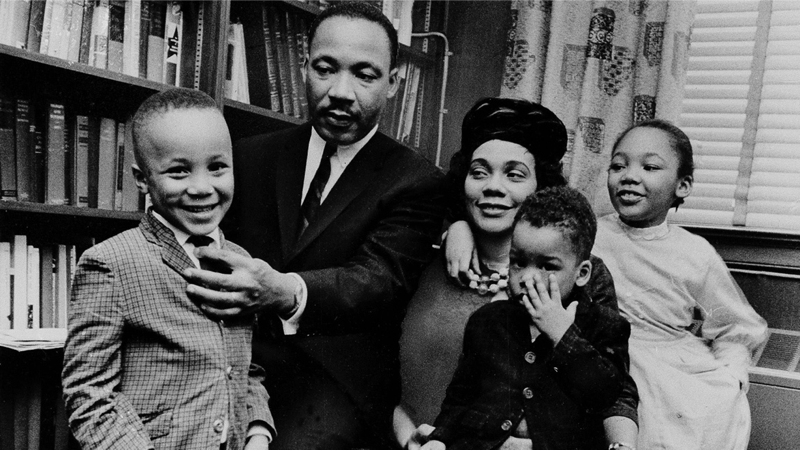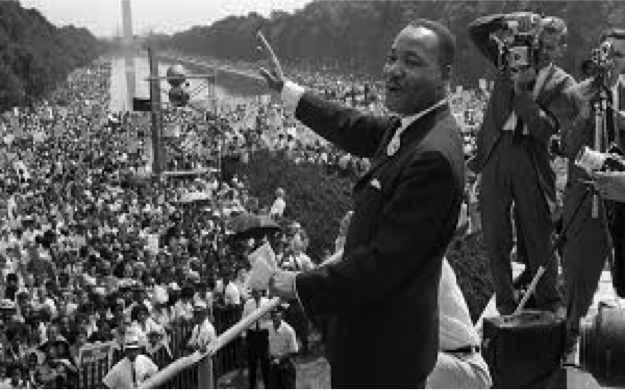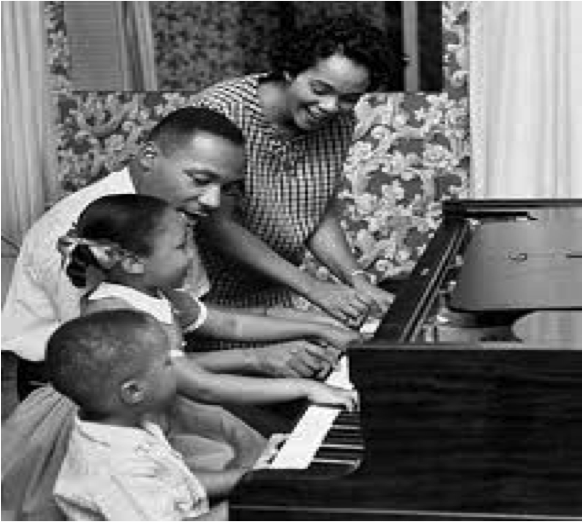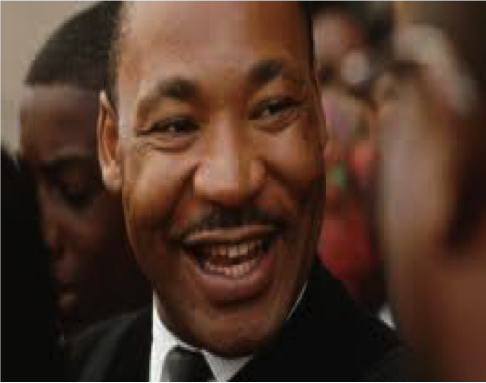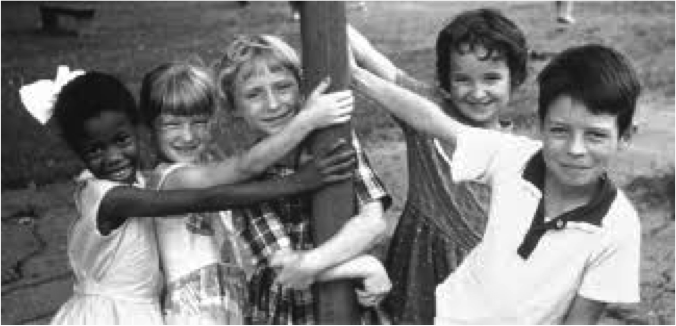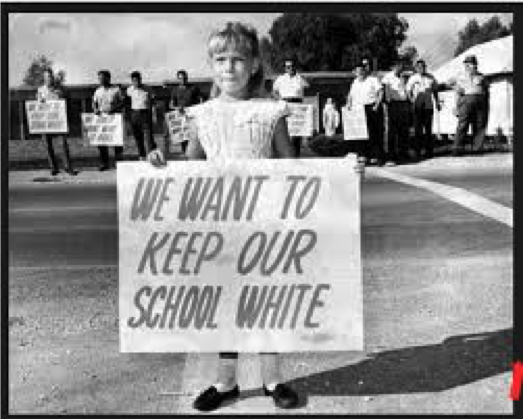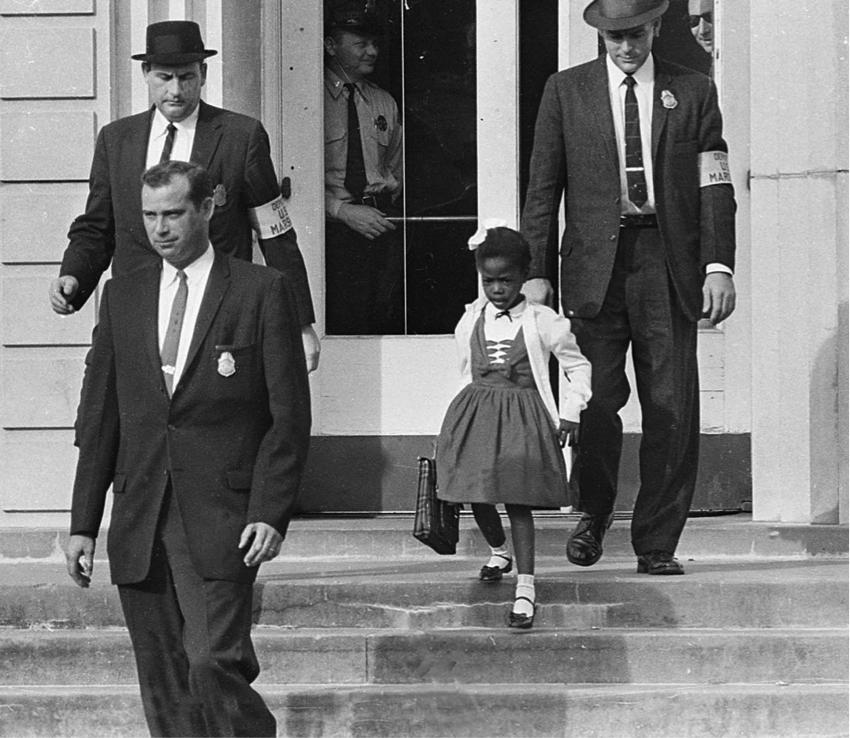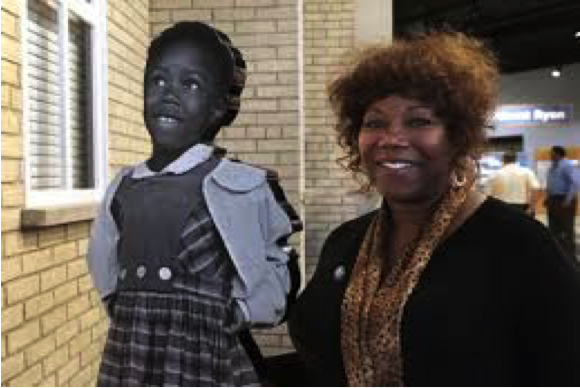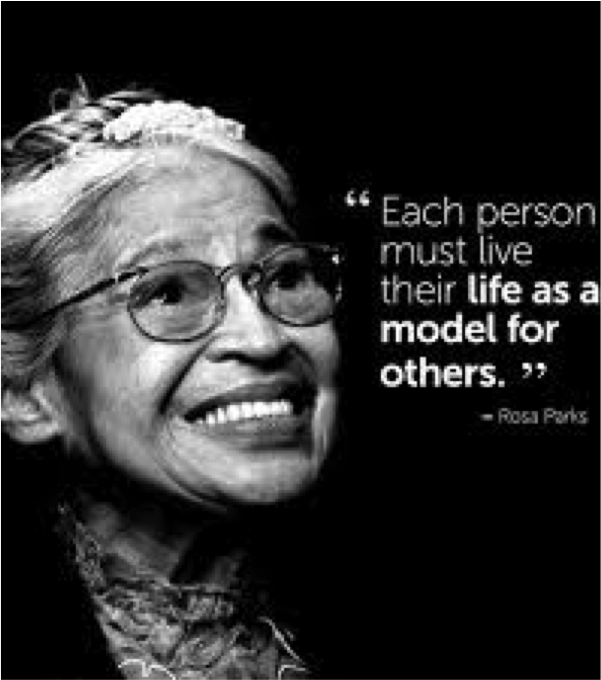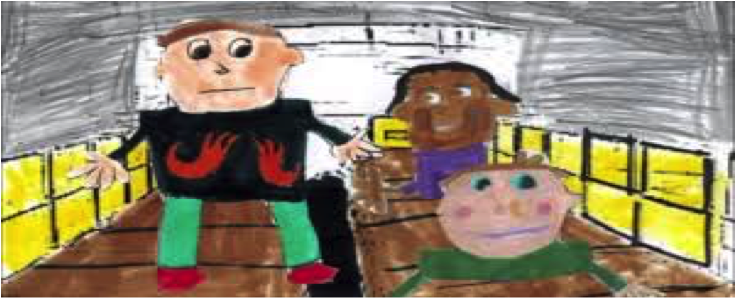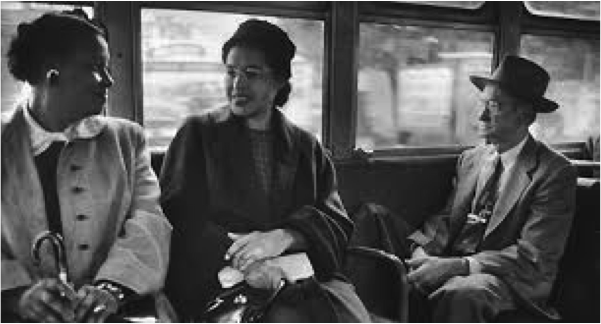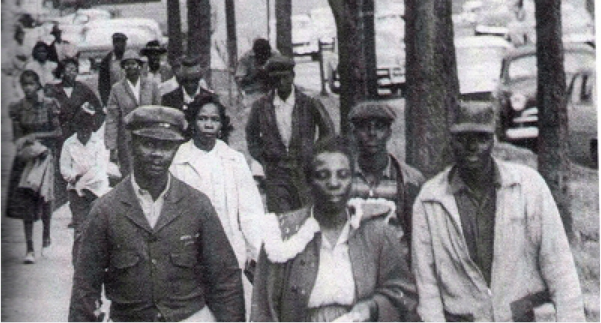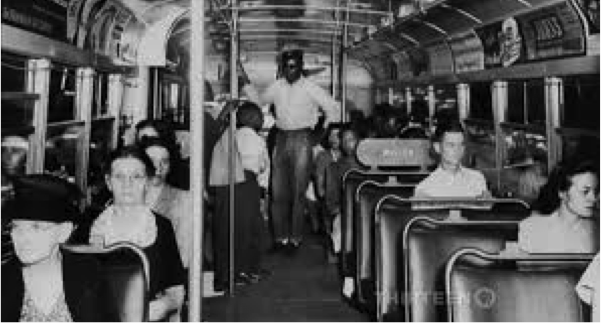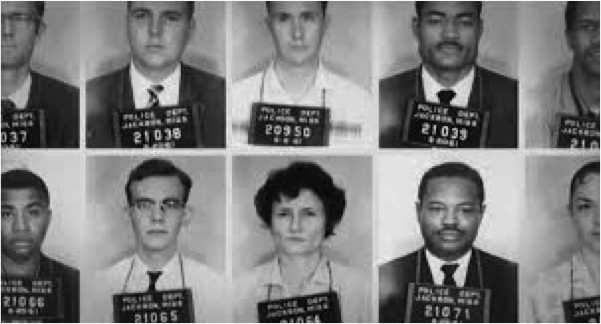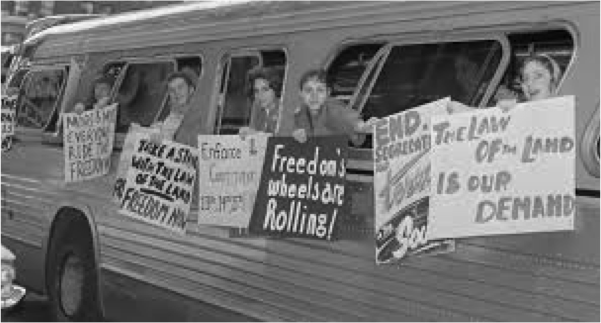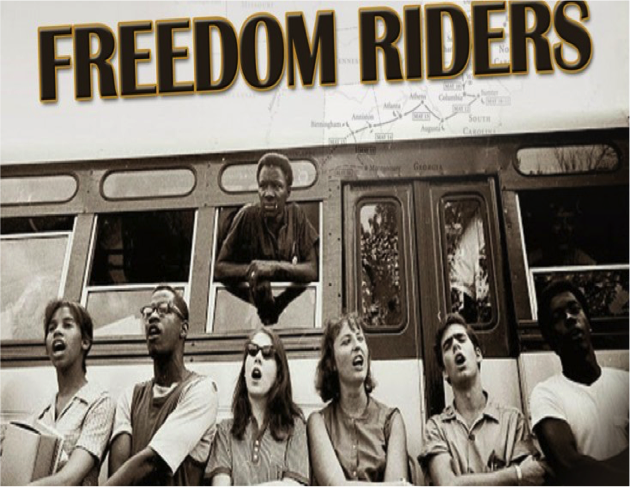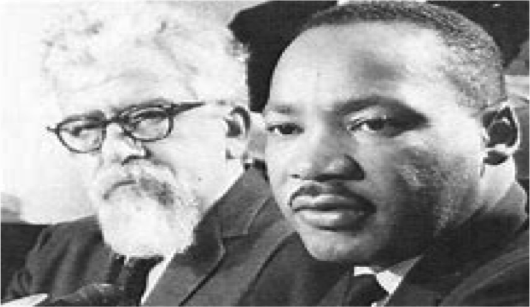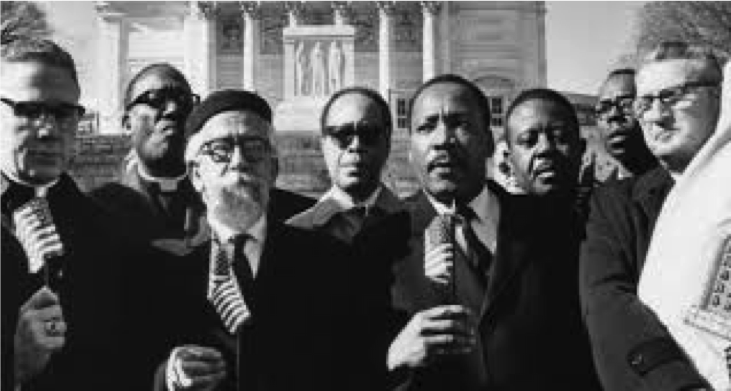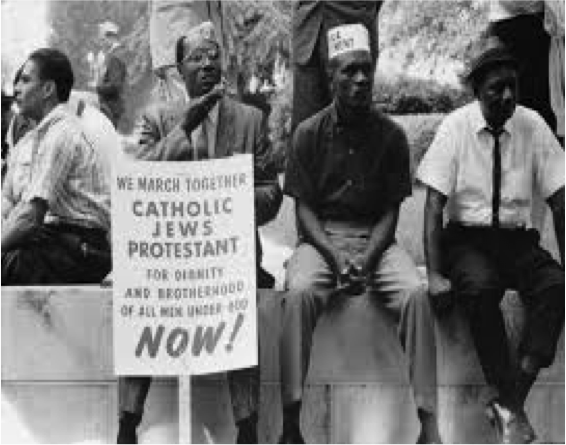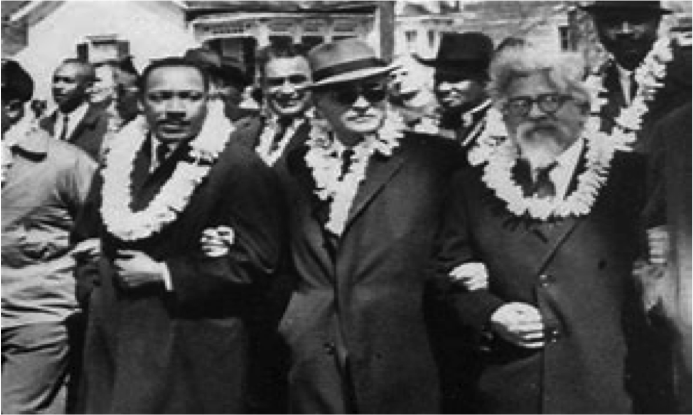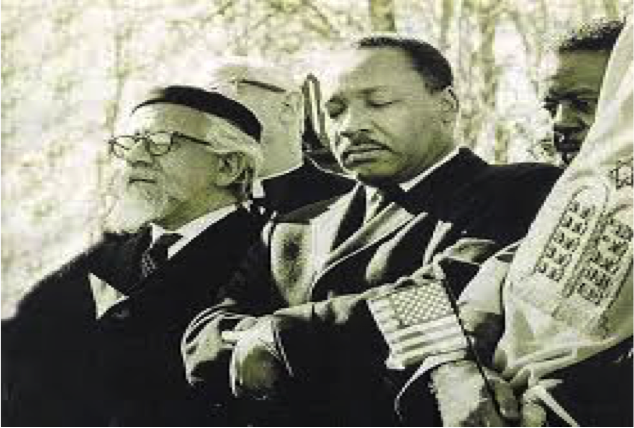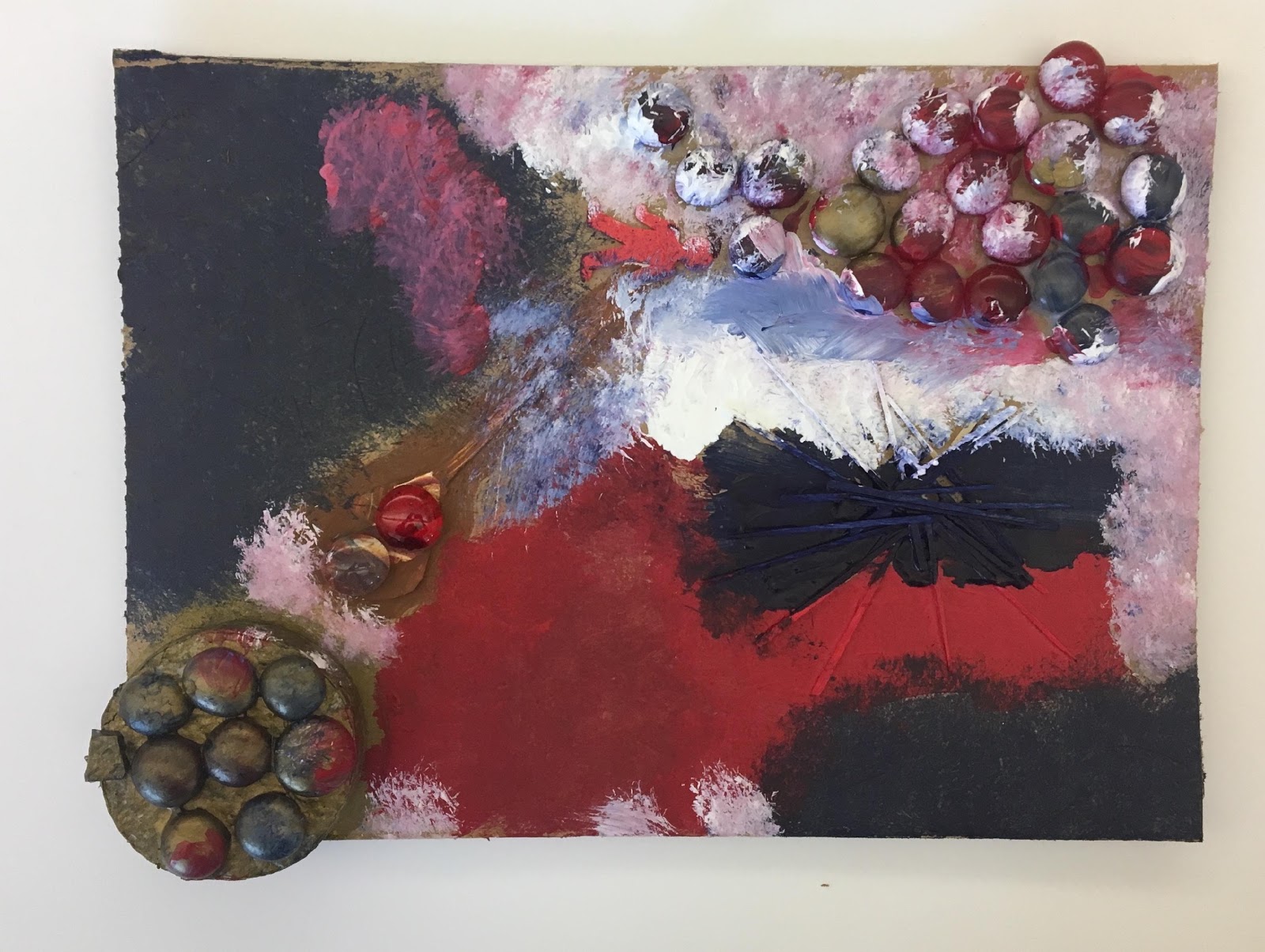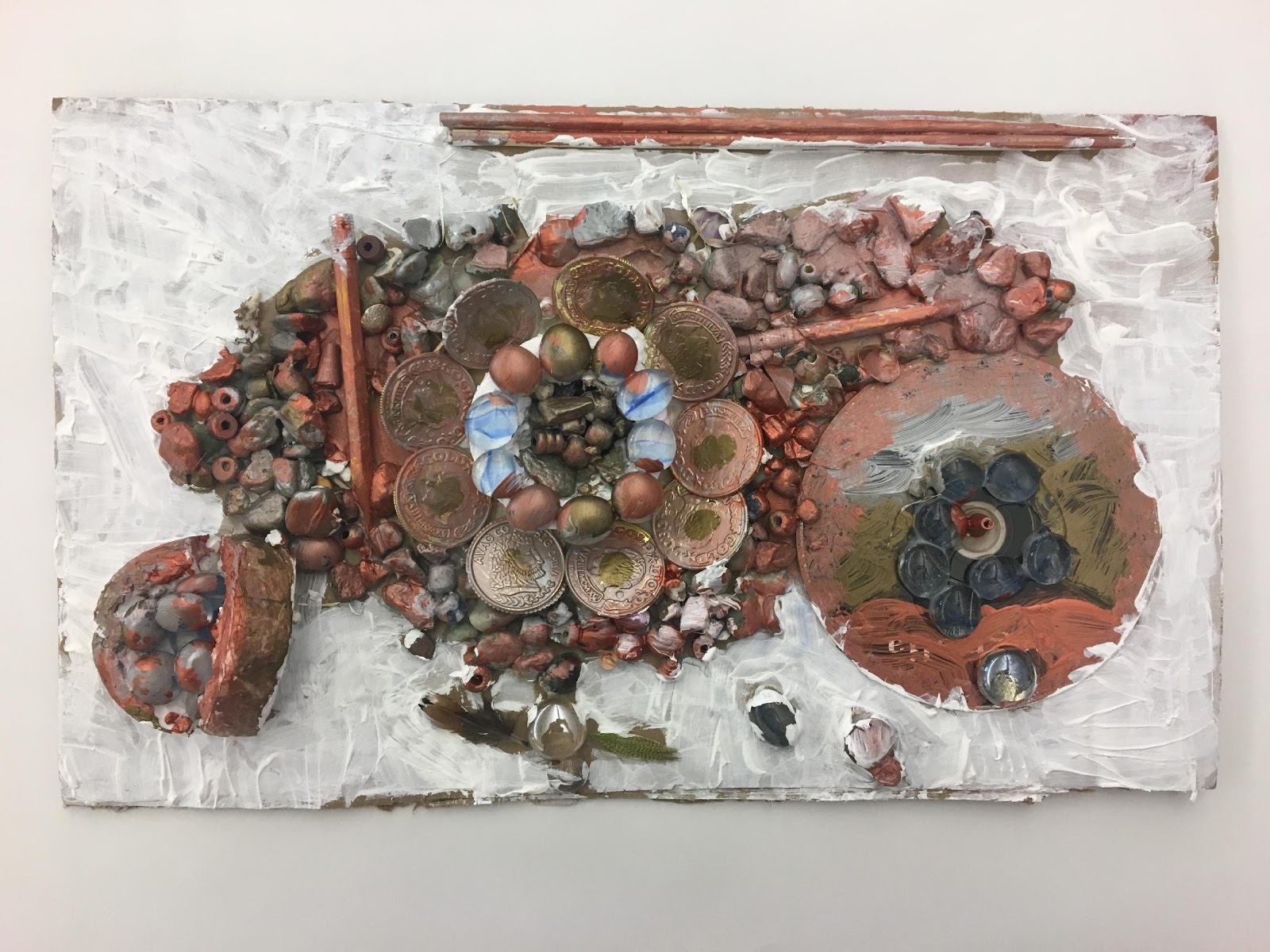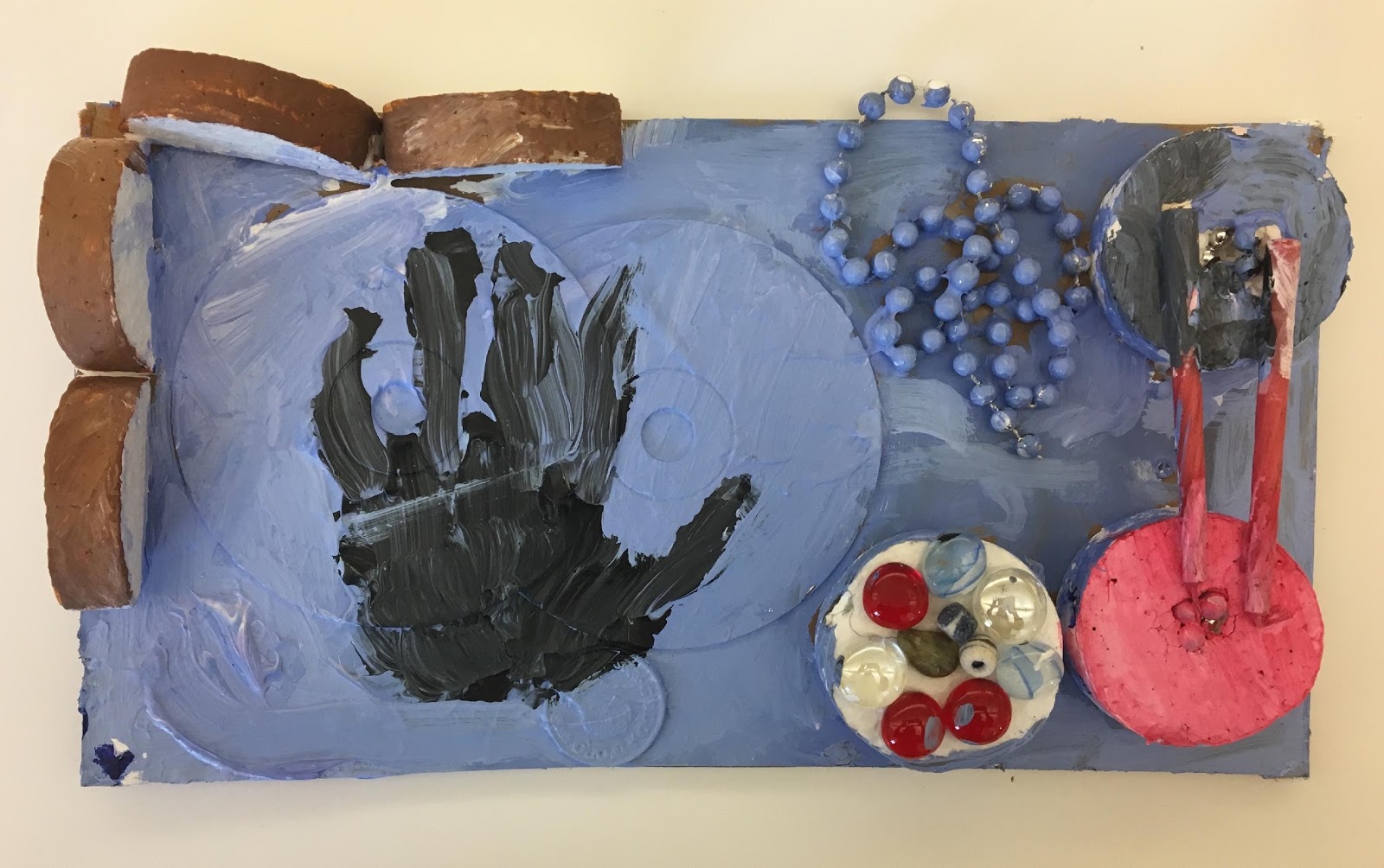Martin Luther King Jr. would have celebrated his 90th birthday this Monday! You might not know this but his wife, Coretta Scott King, was honored here at The Rashi School’s Annual Dinner several years ago for her work as a civil rights leader and carrying on the important work of her husband.
TODAY AND ALWAYS – we remember Martin Luther King Jr. and his dream… that his four children would one day live in a nation where they wouldn’t be judged by the color of their skin but by the content of their character. We learned from Dr. King that this dream was the dream of so many other people living in his time. And he taught us that big change can only come about through non-violence.
TODAY AND ALWAYS– we remember RUBY BRIDGES when she was a first grader at the William Franz Elementary School in New Orleans. She was in a classroom of one that year because she was black. Each day she was escorted to school by Federal Marshals to ensure that she would arrive safely. Now 64 years old, Ruby Bridges reflects:
You cannot look at a person and tell whether they are good or bad. Evil comes in all shades and colors. That is the lesson I learned from the teacher that looked exactly like the people outside that threw things, spit and yelled at me…she looked exactly like them- but she was different and I knew that at 6 years old because she showed me her heart.
TODAY AND ALWAYS – We remember ROSA PARKS for her decision on December 1, 1955, to NOT give up her seat for a white passenger on a Montgomery, Alabama city bus. Her quiet, courageous actions that day inspired 40,000 African American bus riders to boycott the buses the next day which led to the Montgomery Bus Boycott. This boycott would last 381 days and change the course of the Civil Rights Movement. In her later years, Rosa Parks reflected: “I would like to be remembered as a person who wanted to be free so that other people would be also free.”
TODAY AND ALWAYS – We remember the FREEDOM RIDERS – a group of 427 Civil Rights activists who in May of 1961 were students in their teens or early 20’s, arriving from all over America on trains and buses, protesting segregated bus terminals. The Freedom Riders tried to use “whites-only” segregated restrooms, waiting rooms and lunch counters at bus stations in Alabama, South Carolina and other Southern states. These young people were confronted by arresting police officers—as well as horrific violence from white protestors—along their routes, but also drew international attention to their cause.
DIANE NASH who was one of the Organizers of the Freedom Riders reflected: “Traveling in the segregated South for black people was humiliating. The very fact that there were separate facilities was to say to black people and white people that blacks were so subhuman and so inferior that we could not even use public facilities that white people used.” JOHN LEWIS, one of the original 13 Freedom Riders said: “If not us, then who? If not now, then when?”
TODAY AND ALWAYS we remember RABBI ABRHAM JOSHUA HESCHEL who marched arm in arm with Dr. King from Selma to Montgomery in 1965 to protest racism.” At that March, white citizens surrounded the marchers and jeered and spat upon them. During the Civil Rights Movement, Jewish activists represented a disproportionate number of whites involved in the struggle. Leaders of the Reform Movement were arrested with Dr. King in St. Augustine, Florida, in 1964 after a challenge to racial segregation in public accommodations.
Rabbi Heschel declared: “When I marched in Selma, my feet were praying.” He went on to say: “It is important not only to protest against evil but to be SEEN protesting. Faith in the goodness and oneness of God is powerfully expressed through the language of feet, hands, and spine.” Describing Heschel as “one of the great men of our age, a truly great prophet,” Martin Luther King declared: “He has been with us in many struggles. I remember marching from Selma to Montgomery, how he stood at my side. I remember very well when we were in Chicago for the Conference on Religion and Race to a great extent his speech inspired clergymen of all faiths to do something they had not done before.”
Finally, you may have seen some amazing artwork as you were coming in the auditorium today. It was made by our third graders in art class, and it is inspired by the work of Thornton Dial. He grew up in the South during segregated times and because of poverty and racism, he had very few opportunities to go to school or to learn how to make art. But he had passion and talent, and he made art all his life using things that he found around the house and at his jobs. Finally, when he was 55 years old, his art was discovered and he became world-famous. His life and his art are an inspiration!
Stephanie Rotsky, Rashi’s Social Justice Coordinator, created this presentation for our assembly held in honor of Dr. Martin Luther King, Jr. on Thursday, January 17.


